Steel Doors vs Other Materials: What is best for Toronto Homes
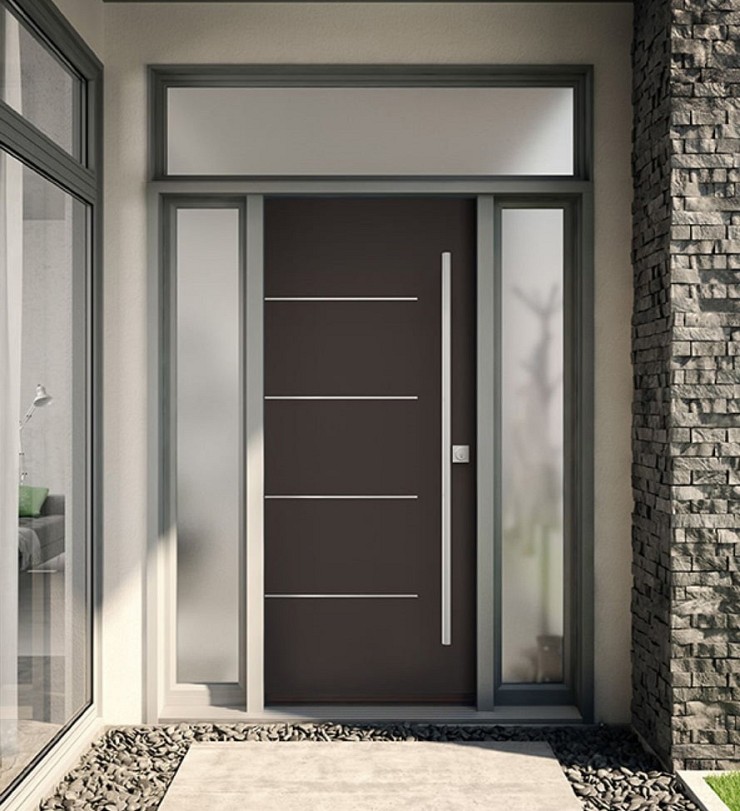
Choosing the right door for your home is a decision that impacts more than just curb appeal. It influences energy efficiency, security, maintenance costs, and environmental sustainability. For Toronto homeowners, where the climate can be both unpredictable and extreme, selecting a durable and reliable door material can be confusing.
Among the available options, steel doors stand out for their strength, affordability, and low maintenance requirements. But how do they compare to other popular materials like wood, fiberglass, and vinyl? In this blog, we’ll explore the key aspects of steel doors versus their competitors.
Material Comparison: Steel Door Vs. Other Materials
When selecting a door material for your Toronto home, steel doors stand out for their durability, security, and cost-effectiveness. However, to make an informed choice, we need to compare steel doors to alternatives such as wood, fiberglass, and vinyl.
Steel Doors
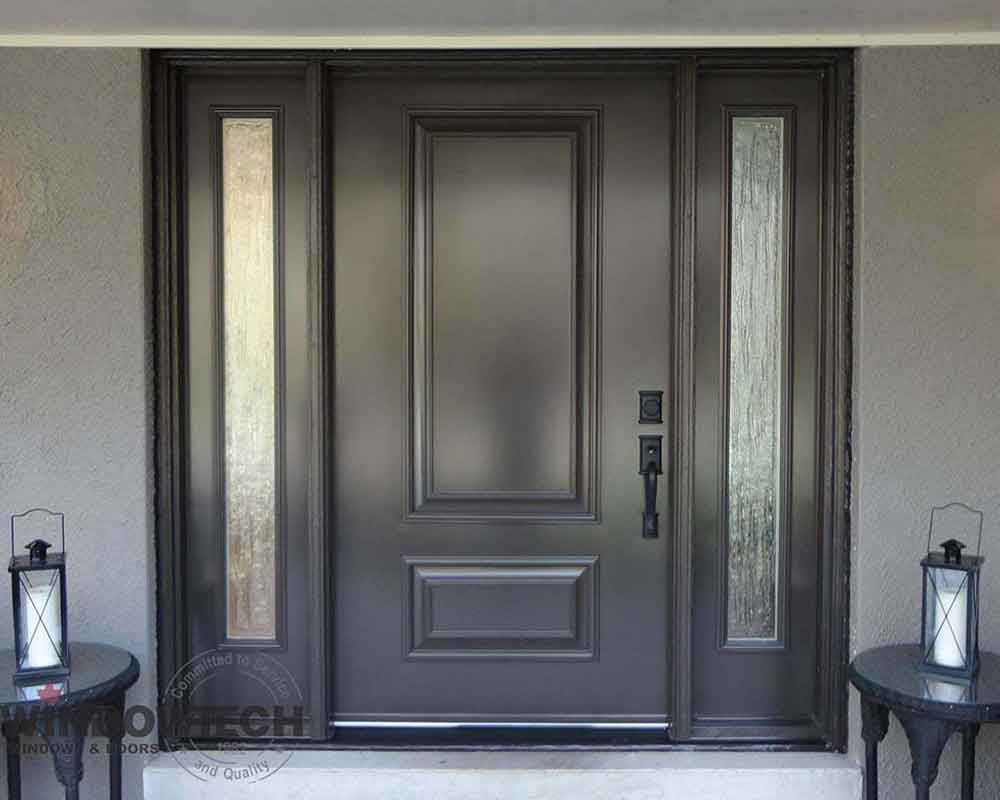
Steel doors are highly durable and resistant to wear and tear. They offer excellent security with a strength that is difficult to match. Their affordability and low maintenance make them a practical choice for many homeowners. However, design options for steel doors can be more limited. They may also be prone to dents or scratches, which could lead to rust if left untreated.
Steel Doors vs. Wood Doors
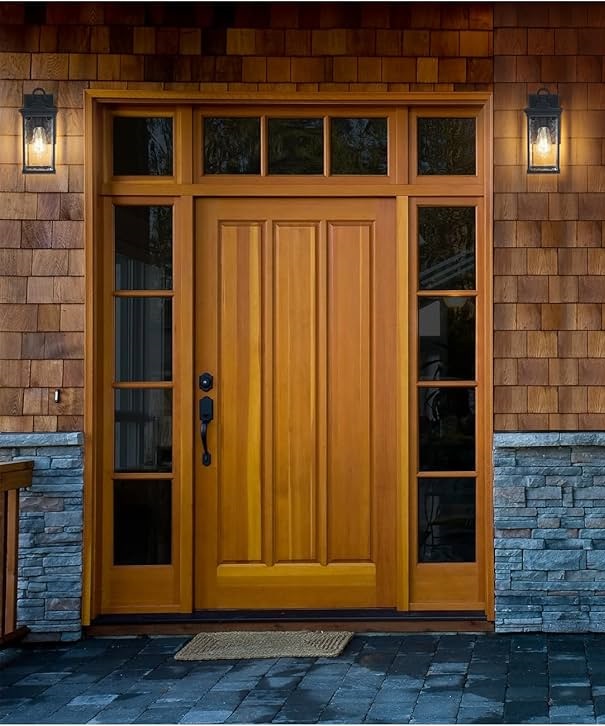
- Durability: Steel doors outperform wood in terms of durability. Wood is susceptible to warping, cracking, and rotting in Toronto’s humid summers and cold winters. Steel doors remain stable under similar conditions.
- Maintenance: Unlike wood doors, which require regular sealing and painting, steel doors demand minimal upkeep.
- Aesthetics: While wood doors offer a natural and timeless beauty with customization options, steel doors can now mimic wood grains. However they may lack the authentic appeal of real wood.
- Cost: Steel doors are generally more affordable than wood doors.
Steel Doors vs. Fiberglass Doors
- Durability: Fiberglass doors are also highly durable and resistant to dents and scratches, but steel doors have an edge in terms of withstanding forced entry and extreme weather conditions.
- Energy Efficiency: Both steel and fiberglass doors can offer excellent insulation, but fiberglass is often rated higher for energy efficiency, especially in extreme climates.
- Maintenance: Like steel doors, fiberglass doors are low maintenance, requiring little more than occasional cleaning.
- Cost: Fiberglass doors tend to cost more than steel doors but are a great option for homeowners who want a blend of energy efficiency and style.
Steel Doors vs. Vinyl Doors
- Durability: Steel doors are far more durable than vinyl, which may fade or crack over time, especially with prolonged exposure to Toronto’s sun and seasonal fluctuations.
- Security: Steel doors provide significantly better security than vinyl, which is not as strong or resistant to forced entry.
- Maintenance: Both materials are low maintenance, but steel doors require occasional repainting, while vinyl doors only need cleaning.
- Cost: Vinyl doors are the most affordable option, but their limited durability and aesthetic appeal might not suit all homeowners.
| Feature | Steel Doors | Wood Doors | Fiberglass Doors | Vinyl Doors |
|---|---|---|---|---|
| Durability | Extremely durable | Susceptible to warping | Highly durable | Moderate durability |
| Maintenance | Low maintenance | High maintenance | Low maintenance | Low maintenance |
| Energy Efficiency | Good insulation properties | Natural insulator but varies | Excellent insulation | Good insulation |
| Cost | Affordable | Expensive | Moderate to high cost | Lowest cost |
| Security | High | Moderate | Moderate | Moderate |
| Aesthetic Options | Limited but customizable | Wide range of designs | Versatile styles available | Limited |
| Environmental Impact | Recyclable; energy-intensive | Renewable but requires upkeep | Recycled materials available | Difficult to recycle |
Cost Analysis: Steel Doors vs. Other Materials
When it comes to affordability, steel doors are a standout option. They offer an excellent balance of cost and performance. However, their pricing might change when comparing with other materials, not only the initial cost but also long-term expenses related to maintenance and durability.
Steel Doors
Steel doors are among the most cost-effective choices, with prices ranging from $500 to $1,300 CAD. This affordability, combined with their strength, durability, and low maintenance requirements, makes steel doors a smart investment for many homeowners in Toronto. They are available in various designs, and additional features like insulation can enhance their energy efficiency.
Steel Doors vs. Wood Doors
- Cost Difference: Wood doors are significantly more expensive than steel doors, with prices ranging from $800 to $2,000 CAD. High-end wood doors, often chosen for their luxurious aesthetic appeal, can cost nearly twice as much as steel doors.
- Long-Term Value: While wood doors add charm and curb appeal, they require regular maintenance like sealing, staining, or painting. These ongoing expenses can make them less economical over time compared to steel doors.
Steel Doors vs. Fiberglass Doors
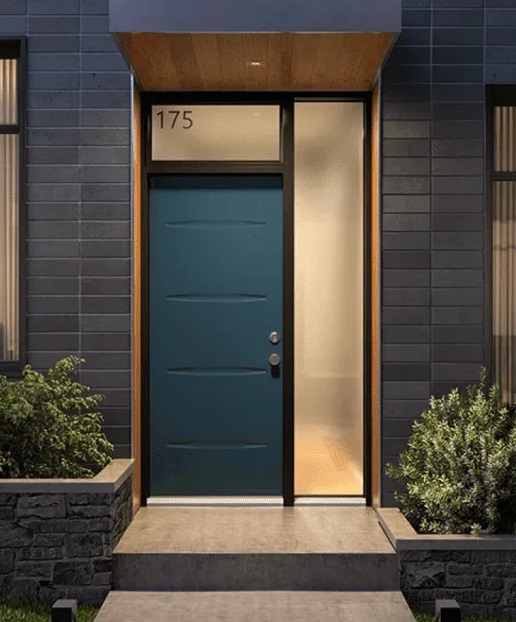
- Cost Difference: Fiberglass doors are typically priced between $1,000 and $1,800 CAD, placing them in a higher cost bracket than steel doors. Their ability to mimic wood and provide excellent insulation justifies the higher initial investment for some homeowners.
- Long-Term Value: While fiberglass doors are durable and low maintenance, their higher upfront cost may deter budget-conscious buyers. Steel doors, though slightly less energy-efficient, deliver comparable durability at a lower price point.
Steel Doors vs. Vinyl Doors
- Cost Difference: Vinyl doors are the most affordable option, with prices ranging from $400 to $1,200 CAD. This makes them cheaper than steel doors in many cases.
- Long-Term Value: While vinyl doors are cost-effective initially, they lack the durability and security offered by steel doors. Over time, the need for replacement due to fading or cracking could make vinyl doors a less economical choice compared to the longevity of steel doors.
Cost Comparison Table
| Door Material | Price Range (CAD) | Notes |
|---|---|---|
| Steel | $500 - $1,300 | Affordable, durable, and secure; costs may increase slightly with insulation and custom designs. |
| Wood | $800 - $2,000 | Expensive; offers aesthetic appeal but requires ongoing maintenance. |
| Fiberglass | $1,000 - $1,800 | Durable and energy-efficient; higher upfront cost compared to steel. |
| Vinyl | $400 - $1,200 | Budget-friendly but less durable; may require replacement sooner. |
Energy Efficiency: Steel Doors vs. Other Materials
When it comes to energy efficiency, steel doors hold their own against competing materials. Their insulating properties, especially when enhanced with foam cores, help maintain indoor temperatures and reduce energy bills. Toronto's fluctuating climate makes this feature invaluable for homeowners looking to cut heating and cooling costs.
- Vs. Wood: Wood is a natural insulator. But, its efficiency can diminish over time if not properly maintained. Steel doors, with modern insulation technologies, often surpass wood in energy performance.
- Vs. Fiberglass: Fiberglass doors are often rated higher for energy efficiency. But the difference is minimal when steel doors are properly insulated.
- Vs. Vinyl: Vinyl doors offer good insulation. But they may not match the strength and thermal stability of steel, especially in extreme weather conditions.
Steel doors provide a reliable balance of energy efficiency and durability and make them a solid choice for Toronto’s climate.
Security Features: Steel Doors vs. Other Materials
Security is a top priority for many homeowners, and steel doors excel in this area. Their robust construction makes them resistant to forced entry, giving homeowners peace of mind.
- Vs. Wood: Wood doors offer moderate security but are more susceptible to damage and forced entry than steel doors.
- Vs. Fiberglass: While fiberglass doors are durable, they don’t match the strength of steel when it comes to withstanding physical impact.
- Vs. Vinyl: Vinyl doors are generally the weakest option, lacking the structural integrity required for high-security needs.
For homeowners prioritizing safety and durability, steel doors are the gold standard.
Aesthetic Options: Steel Doors vs. Other Materials
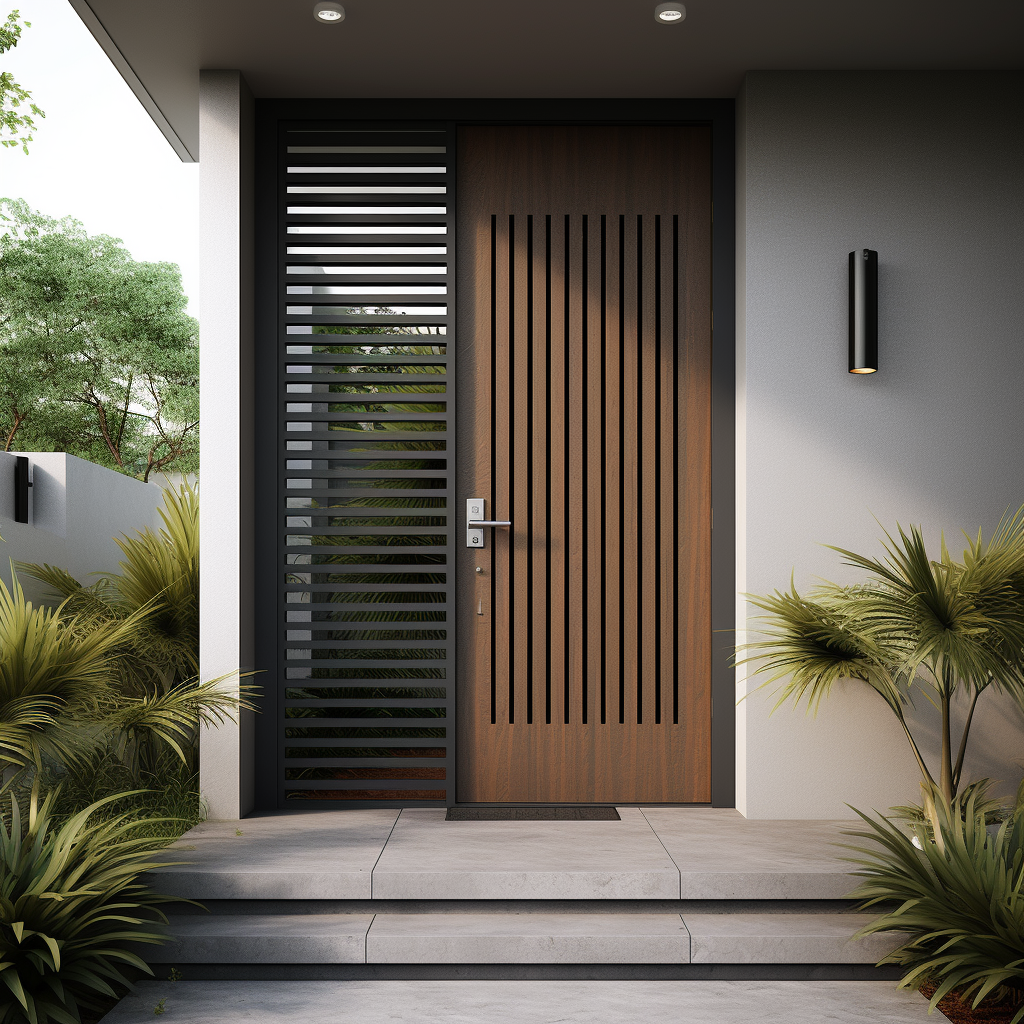
Steel doors offer a range of customizable aesthetic options, although they are often perceived as more utilitarian compared to other materials. Modern manufacturing techniques now allow steel doors to mimic the look of wood or include decorative panels.
- Vs. Wood: Wood doors remain the top choice for homeowners seeking a natural, timeless appearance. However, steel doors can be designed with wood grain finishes to achieve a somewhat similar look at a lower cost.
- Vs. Fiberglass: Fiberglass doors offer greater versatility in design, often providing more elaborate styles and finishes than steel doors.
- Vs. Vinyl: Vinyl doors are typically limited in design options. They feature simpler and less sophisticated aesthetics than steel.
Environmental Impact: Steel Doors vs. Other Materials
Sustainability is an important consideration for many homeowners. Steel doors offer several advantages in this regard. Steel is highly recyclable, making it an environmentally friendly option for reducing waste. However, its production can be energy-intensive.
- Vs. Wood: Wood is renewable, but its sustainability depends on sourcing. Improper harvesting can contribute to deforestation, making responsibly sourced wood essential.
- Vs. Fiberglass: Fiberglass doors often use recycled material. However, their production requires significant energy, similar to steel.
- Vs. Vinyl: Vinyl doors are less eco-friendly due to the difficulty of recycling and the use of non-biodegradable materials.











